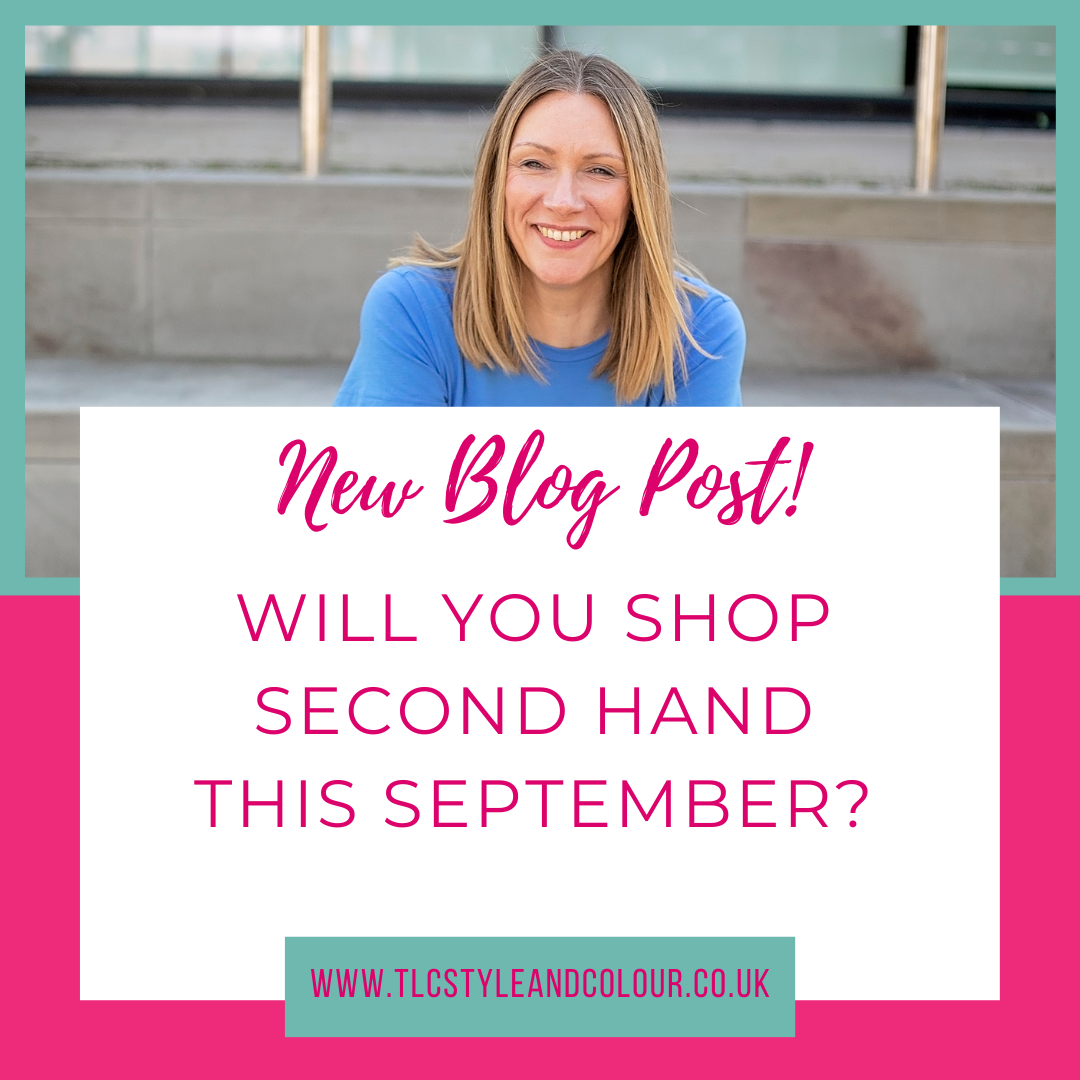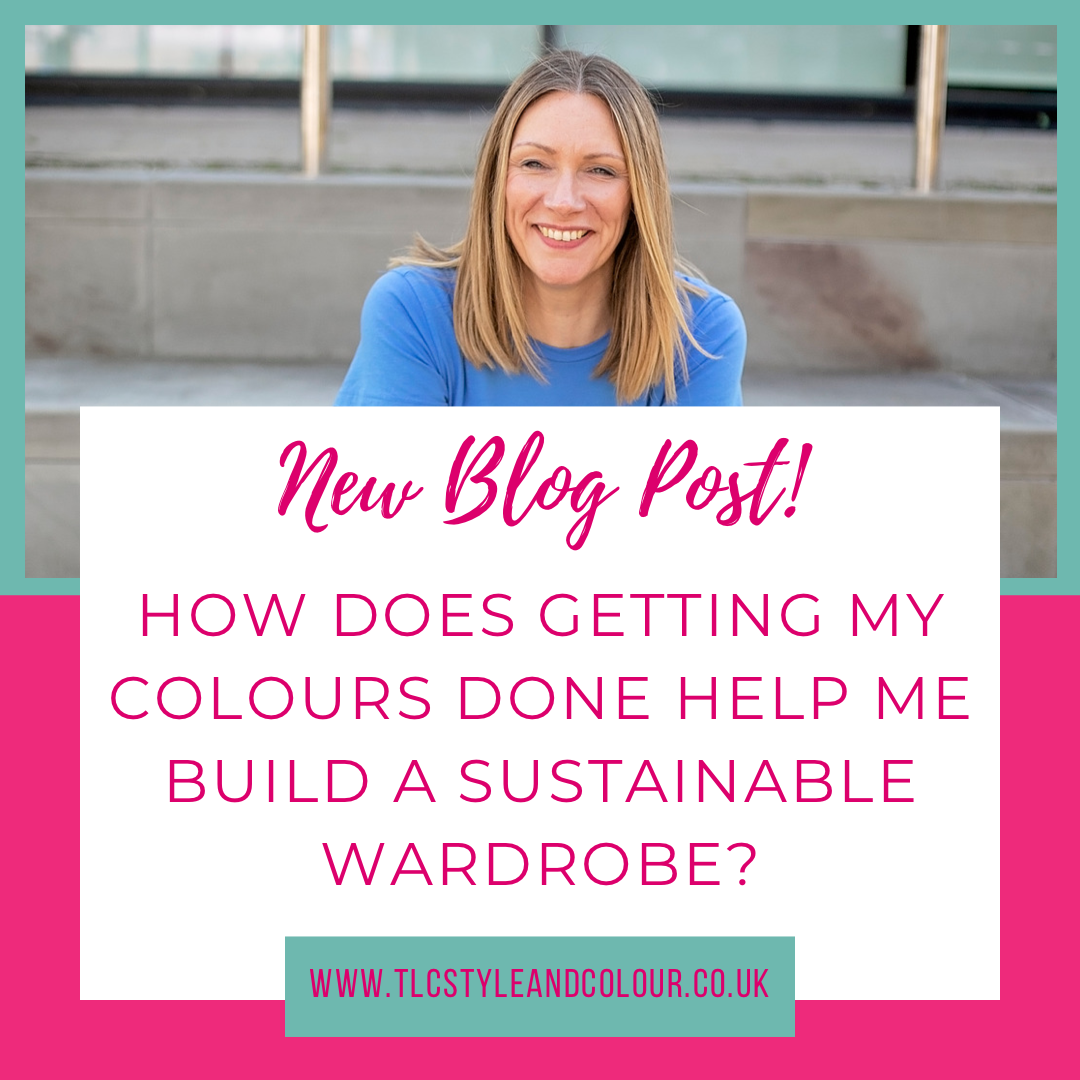Buying, wearing and donating second hand clothes helps to reduce the demand for brand new clothes. In turn, this can help to reduce the damage to our planet all without making you look any less fabulous.
Repair, rewear, recycle
In 2019, Oxfam launched Second Hand September which continues to inspire thousands of people to take up the challenge and not buy anything new for 30 days. Visit their website here to learn more and sign up to the campaign. You can also follow and contribute to the campaign by using the hashtag on social media #secondhandseptember.
Buying pre-loved isn’t the only way to make better choices.
I’ve shared these previously (credit to The Great British Sewing Bee and the previous blog about sustainable wardrobes here.)
- Average person buys 60% more clothes
- one bin lorry of clothing is dumped in landfill every second
- fashion industry produces 100 billion garments every year
- this equates to 1 garment for every person every month
Given the over-production of ‘fast fashion’, it’s much harder to avoid over-consuming it.
The choices can feel endless and thanks to online shopping, they’re available 24/7. It’s hard to overcome the problem without making a conscious effort.
Choose well, buy less
Buy less. Choose well. Make it last. Quality, not quantity. Everybody’s buying far too many clothes: Vivienne Westwood
RIP Vivienne; you were right!
Choosing well and buying less clothes will make a difference to your wardrobe, your pocket and ultimately the planet.
Knowing and understanding what really suits you will help you make informed choices about what you wear. This will help you to shop for the gaps you have in your wardrobe. These can be carefully chosen items each season (using my advice from seasonal update workshop) as well as pre-loved/second hand shopping.
Last year I was asked to contribute to an article in the Yorkshire Post as they were writing about Second hand September. It is proudly displayed in the studio and you can have a peak here.
Many clients assume I shop a lot, but the reality is that I don’t. I do browse a lot which helps to inspire new outfits and ideas and I help lots of ladies with their own wardrobes and shopping to fill the gaps. I tend to shop for key pieces I’ve identified which fill a gap in my wardrobe. Regularly, I’ll clear out items I’m not wearing by selling some and donating others. There are lots of garments I’ve had in my wardrobe for many years which I still re-wear today. Some are pre-loved too.
I do hope I’ve encouraged you to take part in the Second hand September challenge and don’t let the fact that you’re part way through the month stop you!
Consider a wardrobe clear out (use my guides if you need help) and donate your unworn clothes to charity or try and sell them instead to make some money back.
Good luck!






